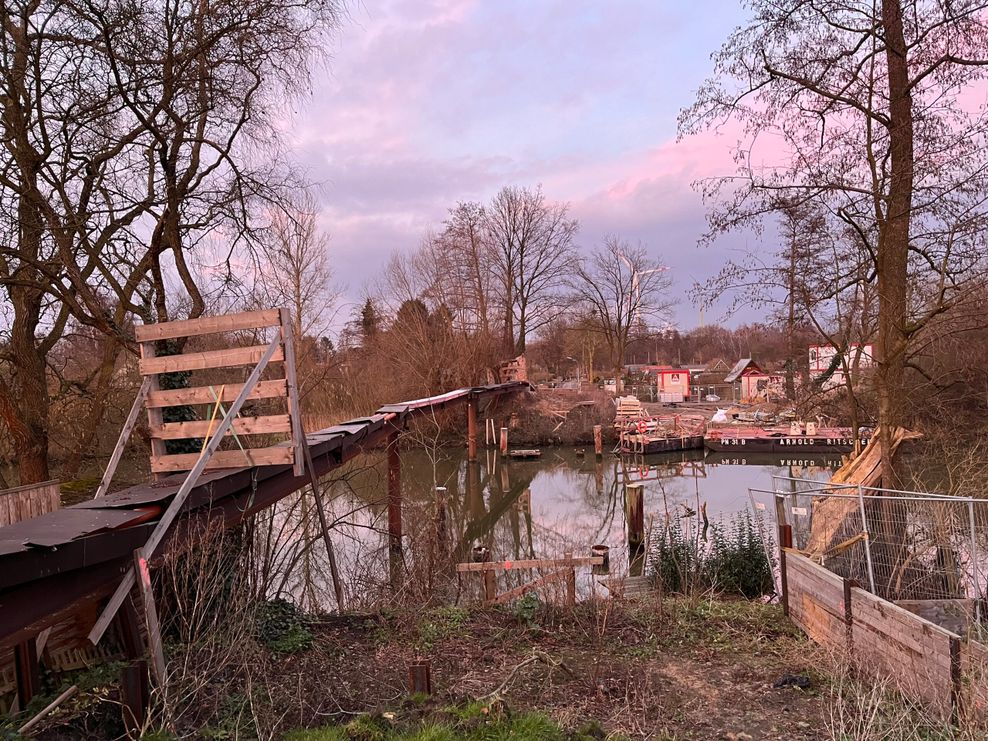Catalina Island’s invasive mule deer population got a stay of execution.
The Catalina Island Conservancy on Wednesday, May 29, reversed its plans to shoot 1,700 deer on the island located 22 miles off the coast of Southern California by using sharpshooters firing from helicopters after strong opposition from residents and county officials.
Instead, the conservancy will use other methods to eliminate the deer, such as expanding hunting to thin the herd, sterilization and relocation.
The conservancy, which manages the island’s 48,000 acres for tourism, including hunting, biking, hiking and camping, presented strong evidence that the deer are eating up the island’s native plants and putting its ecosystem in danger of rare-plant extinctions, invasive grasslands and potential wildfires due to overgrazing.
As part of its original native habitat restoration plan, the conservancy wanted to first eradicate the deer by aerial shooting, intending to kill them all at once and leave the carcasses on the ground to rot. Once the deer were eliminated, new vegetation would be planted and barren areas seeded, in an effort to restore the natural ecosystem.
But after the killing method was made public, it unleashed criticism from many residents as well as a unanimous rebuke from the Los Angeles County Board of Supervisors last month. Led by Supervisor Janice Hahn, whose Fourth District includes Catalina Island, the board voted to ask the conservancy and the California Department of Fish and Wildlife (CDFW) to reconsider the aerial mass shooting.
Hahn said 90,000 signatures have been collected in opposition to the plan.
At a special meeting of the Los Angeles County Fish and Wildlife Commission on Wednesday, Lauren Dennhardt, the Catalina Island Conservancy’s senior director of conservation, announced the aerial shooting plan would be dropped.
The conservancy also phoned Hahn to personally inform the supervisor that the aerial shooting program was no longer an option.
At the meeting, Dennhardt said: “We have heard the concerns expressed by residents and by Supervisor Hahn, and per her request, we are working on revising our plan to prioritize other methodologies.” A statement released by the conservancy late Wednesday said: “It will take time to revise the plan effectively. In the meantime, we will proceed with a ground hunting season.”
Hahn said she appreciated that the group had listened to constituent concerns.
“I heard from residents who were terrified at the thought of bullets raining down from helicopters over their beloved island and others who couldn’t stand the thought of the deer carcasses that would be left in their wake. I am hopeful that the next plan that the Conservancy puts forward can earn more widespread support from residents and everyone who loves Catalina Island,” Hahn said in a prepared statement.
A motion approved by the supervisors on April 23 called the plan “inhumane and drastic, and potentially dangerous to the public.”
The CDFW had received an application for the conservancy’s habitat restoration plan, which included the aerial killing of the deer, in October 2023. But the agency had not yet OK’d the application. Dennhardt said in news reports she expected the program to begin later this year.
“It was going to be our decision. (The conservancy) hadn’t finished their application to us yet,” said CDFW spokesman Tim Daly on Wednesday. “We didn’t have all the materials we needed.” He did not say what materials were missing from the application.
At the L.A. County commission, the agenda said the item was up for discussion by both the conservancy and CDFW. Listed as a participant was Tim Dillingham, environmental programs manager of lands and wildlife for the California Department of Fish and Wildlife.
Documents obtained from the meeting show numerous letters of support for the eradication of the deer by helicopter aerial shooting to allow for habitat restoration. Letters in favor included many from environmental groups. A letter from from the U.S. Fish and Wildlife Service said removal of goats, sheep, pigs, cattle, and mule deer on other Channel Islands helped restore vegetation and even resulted in some plants getting pulled off the endangered species list.
Deer were introduced to the island in the early 1930s for hunting.
Related Articles
LA City Council aims to fight lung illness impacting some San Fernando Valley workers
California legislators advance bills aimed at toxic chemicals, pesticides, lead
Iceland volcano erupts again, shooting lava into the sky
Residents question proposed mega Home Depot in Granada Hills, under city review
One of world’s rarest whales sighted off California coast




